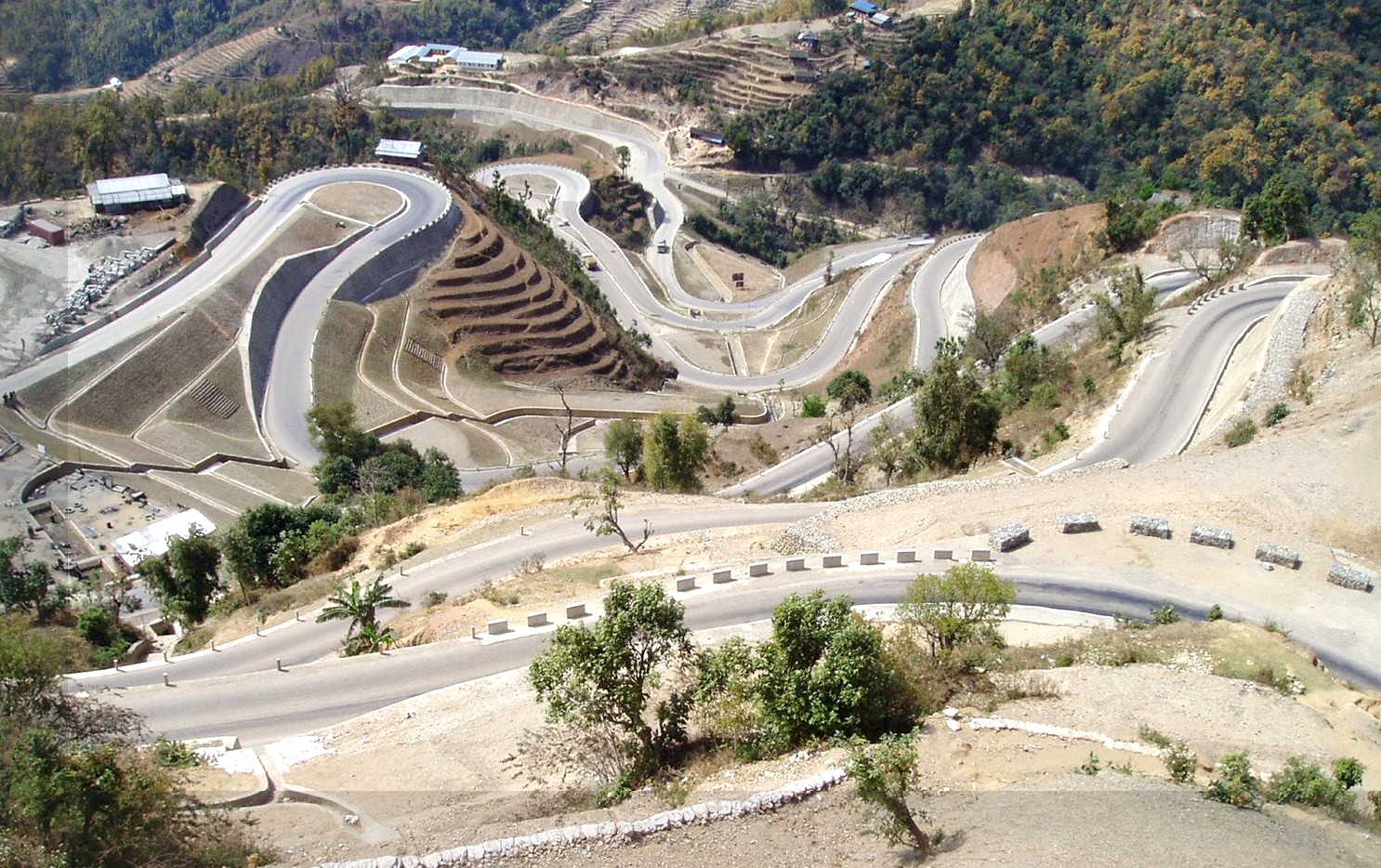Project Geotechnical Engineer Experience for Large-Scale Dope
Project Geotechnical Engineer Experience for Large-Scale Dope
Blog Article
Just How Consulting Engineers Enhance Geotechnical Engineering Projects: Insights Into Their Proficiency, Methodologies, and Collaborative Approaches
Consulting engineers are crucial in improving geotechnical engineering jobs, using their specialized knowledge to browse the complexities of subsurface conditions. Their joint approaches foster communication amongst varied job stakeholders, eventually forming the project's trajectory.
Role of Consulting Engineers
The experience of speaking with designers in geotechnical design is fundamental to the successful implementation of building and construction tasks. These professionals play a critical duty in assessing soil and rock buildings, which are crucial elements influencing style and construction choices. By conducting thorough site investigations, getting in touch with designers collect important data that informs the design process, ensuring jobs are improved steady and appropriate ground.
Consulting engineers also provide vital understandings right into danger administration (geotechnical geologist). They determine prospective geotechnical risks, such as landslides, dirt liquefaction, and negotiation concerns, making it possible for stakeholders to carry out efficient mitigation techniques. Their knowledge aids in optimizing structure layouts, which can cause considerable cost financial savings and enhanced safety and security
Moreover, seeking advice from engineers work as a crucial link between project owners, designers, and specialists. Their capability to convert complex geotechnical data right into actionable referrals fosters collaboration and promotes notified decision-making throughout the task lifecycle. This multidisciplinary technique not only boosts project efficiency however also makes certain compliance with regulatory requirements and ideal techniques.
Key Techniques in Geotechnical Engineering

One primary approach is website examination, which includes carrying out area tests and laboratory analyses to gather data on subsurface conditions. Methods such as Criterion Infiltration Screening (SPT) and Cone Infiltration Screening (CPT) are extensively made use of to evaluate dirt stratigraphy and toughness. Additionally, geophysical methods, including seismic and electrical resistivity studies, provide non-invasive methods to evaluate subsurface qualities.
One more vital method is numerical modeling, which allows engineers to replicate numerous circumstances and anticipate exactly how soil-structure interactions will behave under different loading conditions. Finite Component Evaluation (FEA) is a typical method employed in this context.
Moreover, the layout of structures, maintaining structures, and earthworks relies greatly on these techniques - geotechnical geologist. By incorporating innovative logical devices with field data, consulting designers can create tailored solutions that address details job difficulties, ultimately adding to the stability and safety of building and construction jobs
Significance of Soil Evaluation
Soil analysis works as a foundational element in geotechnical design, offering crucial insights into the physical and chemical residential properties of soil needed for effective building preparation. Understanding dirt features is vital for determining its load-bearing capability, water drainage behavior, and capacity for negotiation or instability. Detailed dirt investigations, consisting of tasting and laboratory testing, aid identify parameters such as soil kind, moisture material, thickness, and shear toughness.
These analyses inform the selection of appropriate building strategies and products, inevitably affecting project safety and long life. Cohesive soils might need various structure layouts contrasted to granular dirts, demanding customized engineering solutions. Soil analysis help in determining impurities that could pose dangers to human health or the atmosphere, enabling for the development of mitigation techniques.
Including soil analysis right into the beginning of project development aids to minimize unexpected challenges, ensuring that designers can prepare for and attend to potential concerns prior to they intensify. By establishing a comprehensive understanding of the website problems, seeking advice from engineers can maximize layout effectiveness and decrease prices, consequently improving the overall success of geotechnical design tasks.
Collaborative Techniques in Jobs
Effective geotechnical projects typically depend upon collective approaches that bring with each other diverse competence from various techniques. Effective partnership among seeking advice from engineers, rock hounds, environmental researchers, and construction specialists is vital for addressing intricate challenges and maximizing project results. By leveraging the unique skills and knowledge of each team member, jobs can gain from an alternative understanding of the website conditions, regulative requirements, and engineering restraints.
Regular interaction and interdisciplinary conferences help with the sharing of understandings and cultivate a society of synergy. These collaborative efforts make it possible for the identification of prospective threats early in the job lifecycle, permitting timely reduction approaches. Integrating comments from stakeholders, consisting of neighborhood areas and governing agencies, guarantees that all point of views are taken into consideration, boosting project acceptance and compliance.
Additionally, the integration of advanced modern technologies, such as Geographic Information Systems (GIS) and Building Information Modeling (BIM), further enhances collaboration. These devices enable for the real-time sharing of information and visualization of geotechnical conditions, promoting notified decision-making. Ultimately, a collaborative look at these guys method not only streamlines project execution but likewise lays the foundation for ingenious services to complex geotechnical engineering challenges.
Impact on Task End Results

Consulting designers utilize innovative methods such as risk evaluation and anticipating modeling, which enhance the precision of task forecasts. Their capacity to integrate ingenious modern technologies, like geotechnical instrumentation and data analytics, additionally refines his comment is here the layout and building procedures. As a result, jobs experience boosted efficiency, minimized prices, and minimized hold-ups.
Furthermore, promoting reliable communication and partnership amongst group participants enhances analytic capabilities. When difficulties develop, a joined front allows for swift identification of options, avoiding possible setbacks. Ultimately, the collective efforts of getting in touch with designers add to better end results, ensuring that projects meet both regulative requirements and client expectations.
Verdict

Report this page